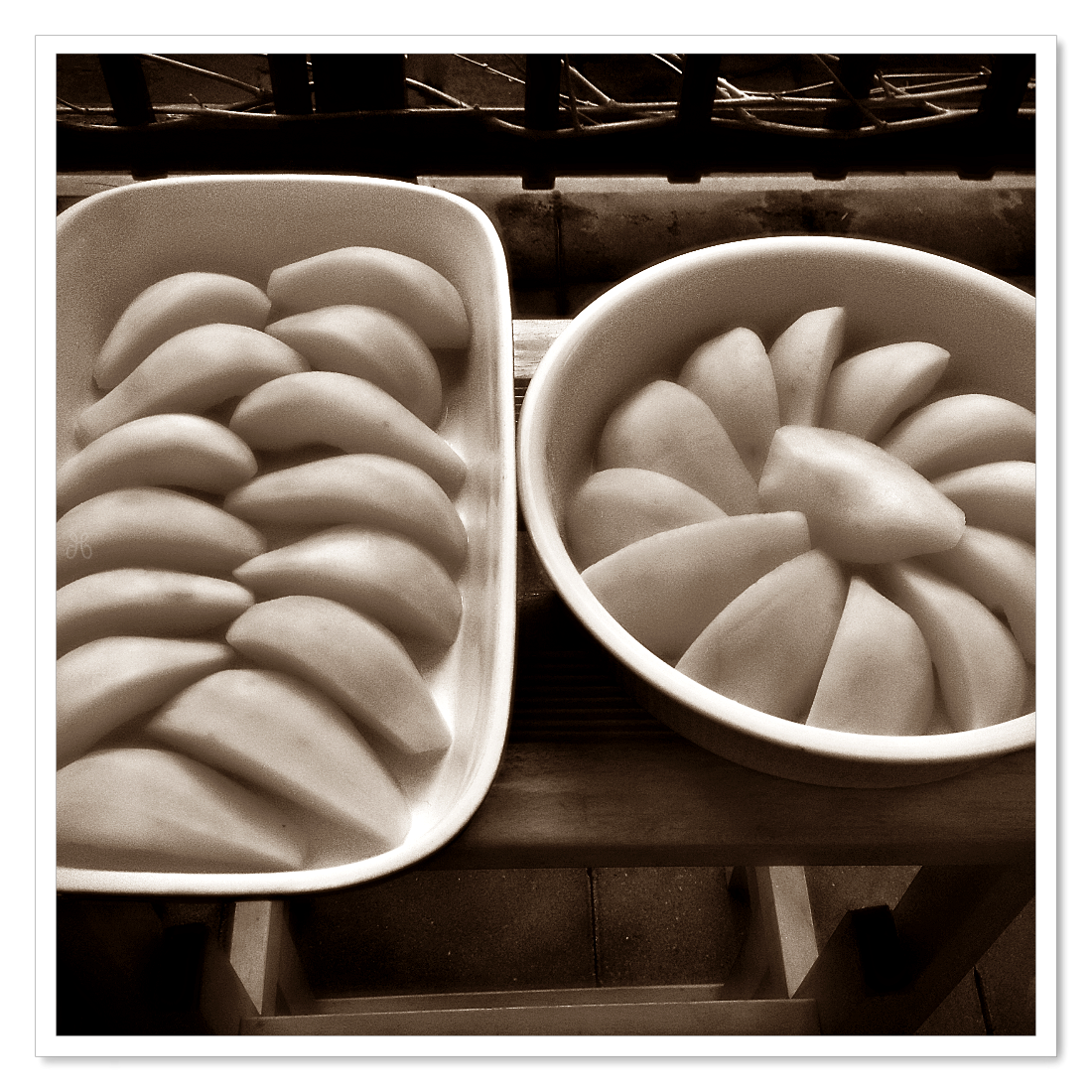
The process begins with identifying a theme or a narrative that resonates with the audience.
This theme acts as a guiding principle for selecting images, ensuring that every photo contributes to the overall story being told.
Whether it is the warmth of a family gathering, the serenity of a morning sunrise, or the hustle and bustle of urban life, each image should encapsulate moments that evoke emotion and reflection.
When selecting images, it is essential to choose photographs that complement one another.
This can be achieved through a consistent color palette, similar lighting conditions, or parallel subject matter.
For instance, images showcasing vibrant cityscapes might be juxtaposed with photos of quiet parks, creating a dynamic contrast that highlights the duality of urban life.
The interplay between images not only enhances visual interest but also encourages viewers to engage more deeply with the collection.
Moreover, it is crucial to think about the flow of the collection.
Arranging images in a deliberate sequence can help guide the viewer’s journey through the narrative.
Starting with broader context shots and gradually weaving in more intimate portraits can create a compelling storyline that captivates the audience.
Consideration of pacing is also important; alternating between more dynamic and tranquil images can maintain engagement and draw the viewer into the experience.
Finally, accompanying captions and descriptions can enrich the storytelling aspect of the image collection.
By providing insights or reflections related to the images, curators can foster a deeper connection between the viewer and the subject matter.
Each caption serves as a bridge, inviting the audience to reflect on their own experiences and emotions, thereby enhancing the overall impact of the curated collection.


